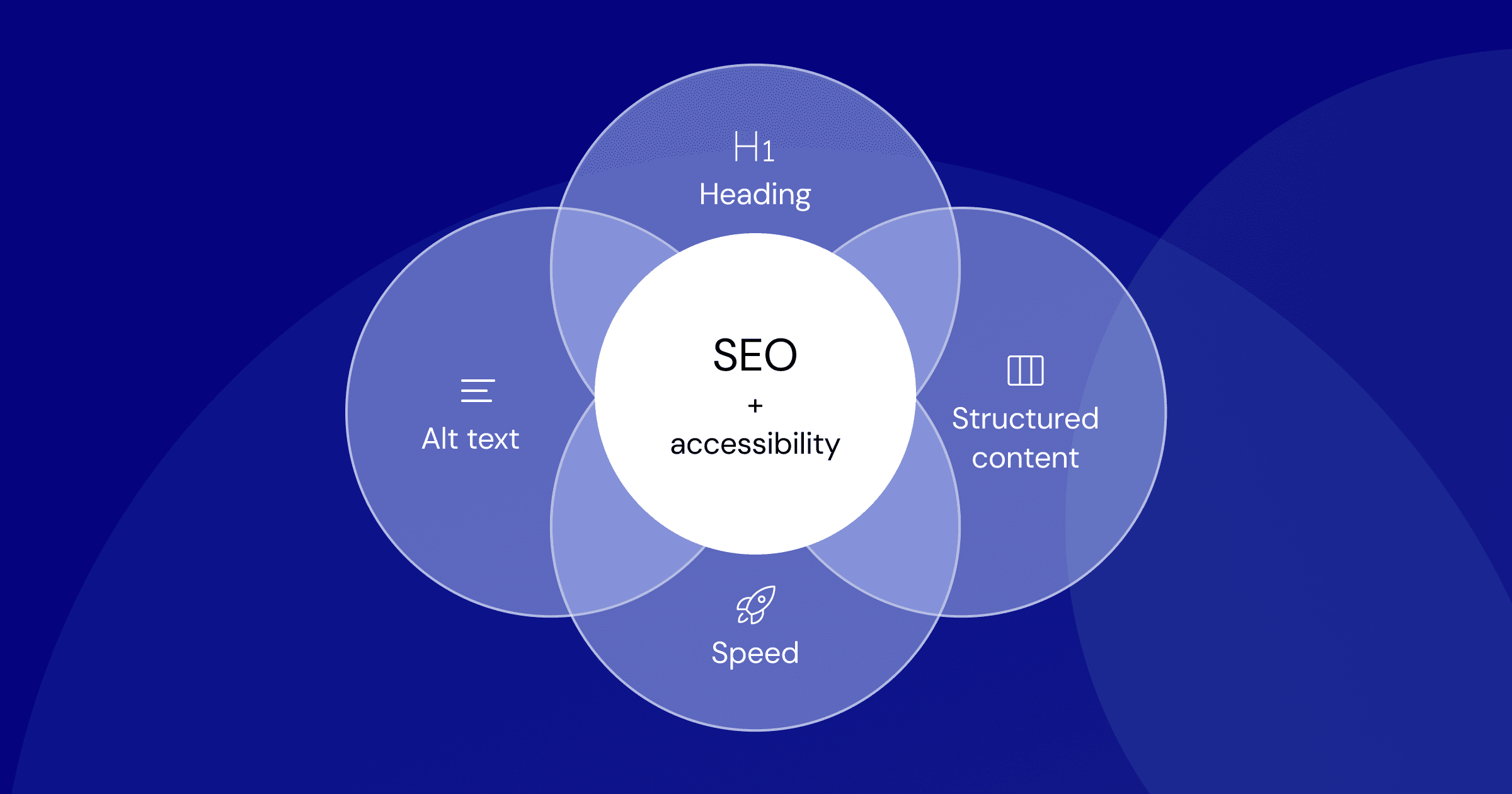Retail Media Ad Spend Set to Eclipse TV in 2026, Topping $196 Billion
By Penelope Davies • November 11, 2025 • 8 min read • 29 views
The Retail Media Revolution Is Here
It’s no longer a question of if but when retail media will dominate the advertising landscape. New projections from WARC Media suggest that by 2026, this burgeoning channel will surpass the combined ad investment of both linear and streaming television. We’re talking about a monumental shift, folks, one that’s already reshaping how brands connect with consumers at the point of purchase.
Surpassing Traditional TV’s Reach
According to WARC Media’s research, retail media advertising is poised for explosive growth. Investment in this channel is forecast to surpass $200 billion globally by 2027. Looking at the immediate future, ad spend on retail media is expected to hit $174.9 billion this year, marking a significant 13.7% increase year-over-year. The momentum doesn't stop there; a further 12.4% rise in 2026 is anticipated, pushing the total to a colossal $196.7 billion. That’s a powerful statement when you consider how long TV has held the top spot. This surge underscores a fundamental change in consumer behavior and data availability, allowing retailers to offer advertisers highly targeted, performance-driven opportunities.
Why the Massive Growth?
The appeal of retail media is multi-faceted. Primarily, it offers unparalleled access to purchase-intent data. Retailers have direct insights into what consumers are buying, when they're buying it, and the path they took to get there. This allows for highly personalized and relevant ad experiences, moving beyond broad demographic targeting. Platforms like Amazon, Walmart Connect, and Target's Roundel are leading the charge, leveraging their vast customer bases and transaction data to provide sophisticated advertising solutions.
For brands, this translates into a more efficient advertising spend. Instead of casting a wide net, they can place ads directly within the shopping journey, reaching consumers who are already in a buying mindset. This proximity to conversion is a marketer’s dream. Furthermore, the rise of advanced analytics and measurement tools within these retail environments makes proving ROI easier than ever before.
Key Players and Emerging Strategies
Amazon's Dominance Continues
Amazon remains the undisputed king of retail media. Its advertising business consistently rakes in billions, driven by sponsored product ads, display ads, and video across its vast e-commerce ecosystem. Brands selling on Amazon find immense value in leveraging these options to stand out amidst fierce competition. The platform’s ability to link ad exposure directly to sales makes it a crucial component of many digital marketing strategies.
The Rise of In-Store Digital Screens
Beyond online platforms, traditional brick-and-mortar retailers are also heavily investing in their own media networks. Walmart Connect, for instance, is expanding its offerings to include ads displayed on in-store digital screens, further bridging the gap between online and offline advertising. Target’s Roundel and Kroger Precision Marketing are also significant players, utilizing loyalty program data to offer targeted advertising opportunities. These networks often combine online and in-store data, providing a more holistic view of the customer journey.
Data and Privacy Considerations
As retail media grows, so do the conversations around data privacy and usage. While the first-party data held by retailers is highly valuable, regulations like GDPR and CCPA necessitate careful handling. Brands and retailers alike are focusing on transparent data practices and obtaining explicit consent. The future likely involves more privacy-centric targeting methods that still deliver personalized experiences without compromising user trust. This evolution is critical for the long-term sustainability of the retail media model.
What This Means for Marketers
The shift towards retail media spending signals a critical evolution in how marketers should allocate their budgets and plan their campaigns. It’s not just about awareness anymore; it's about capturing demand right when it emerges.
A New Budget Allocation Strategy
Marketers need to seriously consider reallocating a portion of their traditional media budgets—especially those previously earmarked for linear TV—towards retail media networks. This doesn't mean abandoning TV altogether, but rather, optimizing the media mix to align with where consumers are increasingly making purchasing decisions. A data-driven approach to budget allocation will be key, testing and learning across different retail platforms to identify the highest-performing channels for specific products and target audiences.
Embracing First-Party Data and Measurement
Developing robust strategies for leveraging first-party data will become paramount. Brands that can effectively partner with retailers or build their own direct-to-consumer relationships will be best positioned. Furthermore, investing in cross-channel measurement solutions that can accurately attribute sales to retail media efforts will be crucial for demonstrating value and optimizing campaigns.
Opportunities for Niche and Emerging Brands
While giants like Amazon dominate, retail media also presents significant opportunities for smaller and emerging brands. By strategically placing ads on platforms where their target audience shops, these brands can gain visibility and compete effectively without the massive upfront investment often required for traditional media. It democratizes access to high-intent audiences.
The Future is Shoppable
The trend lines are clear: consumers are interacting with brands and making purchase decisions across a more integrated digital and physical retail landscape. Retail media advertising is not a fleeting trend; it's a fundamental recalibration of the advertising industry. Brands that are agile and willing to adapt their strategies to this new reality will undoubtedly reap the rewards. Keep an eye on how these networks continue to innovate, offering more sophisticated targeting, measurement, and creative solutions. The era of advertising at the point of purchase has truly arrived, and it's only going to get bigger.
About Penelope Davies
Penelope Davies analyzes AI's impact on marketing strategies for Social Media Marketing News. With a decade in digital insights, she deciphers how emerging technologies shape content and brand engagement.
